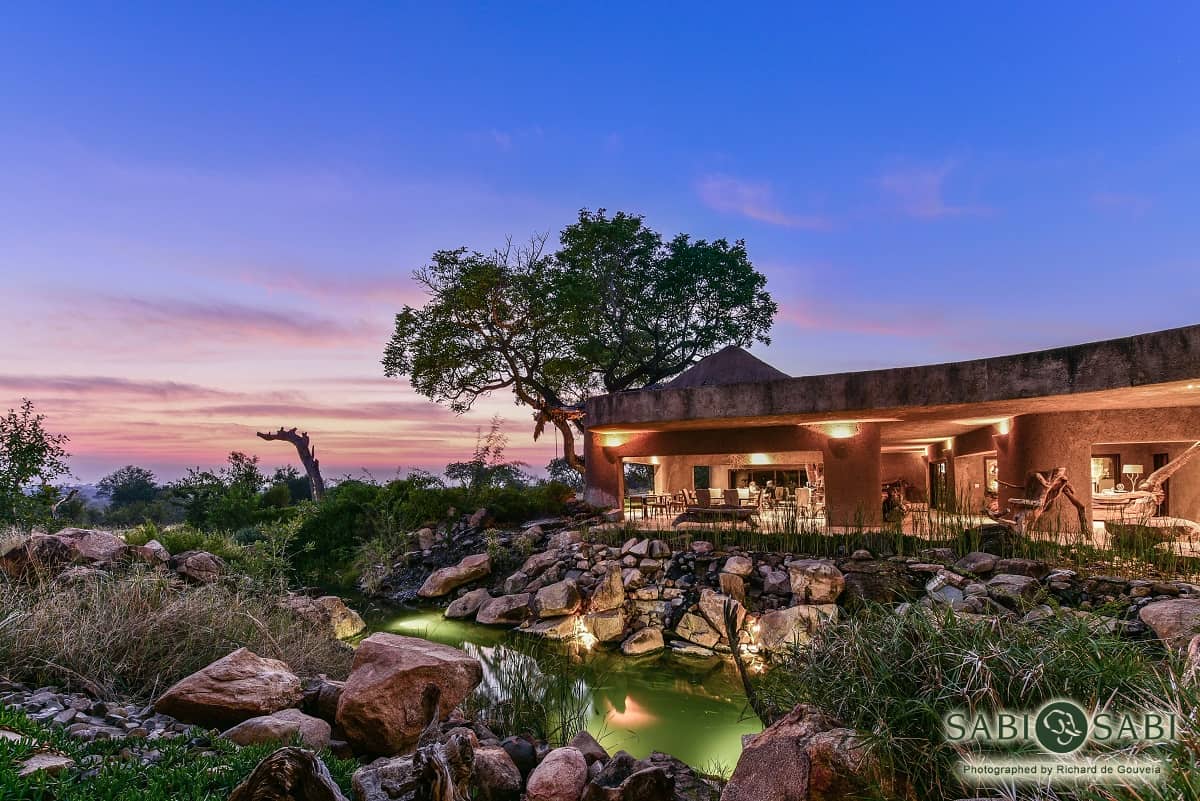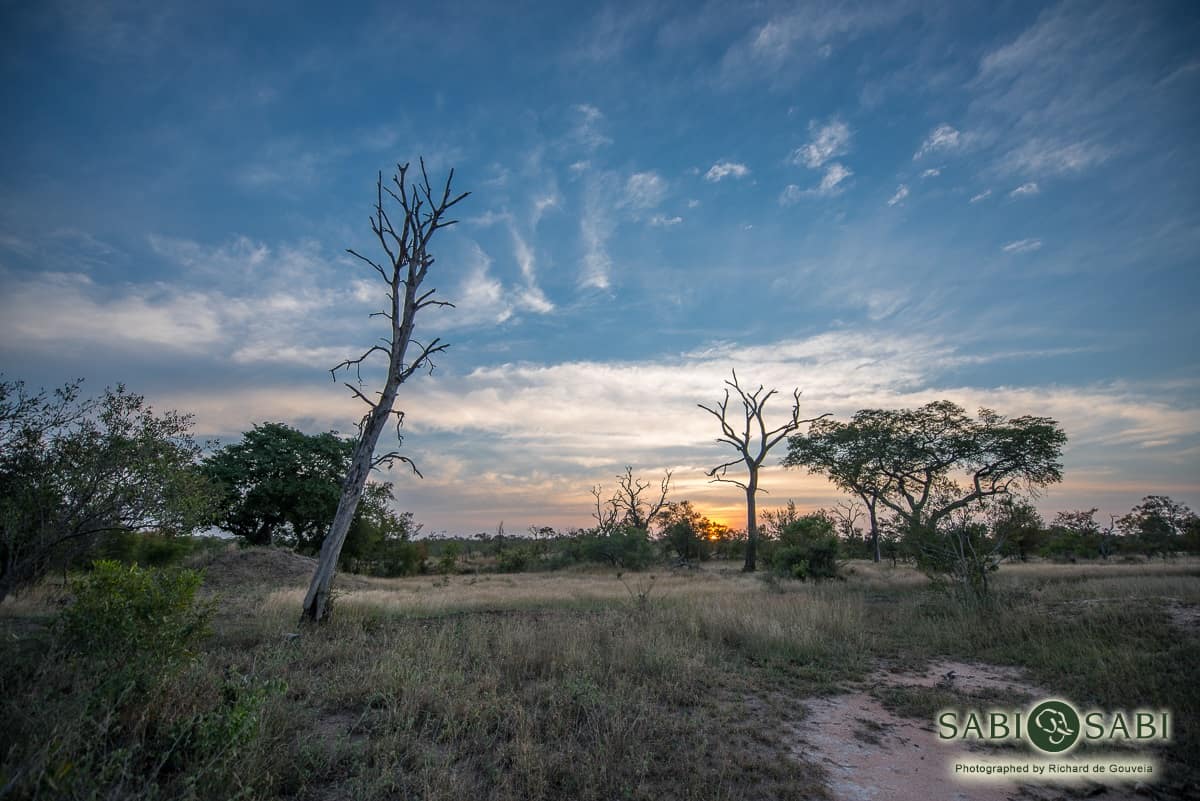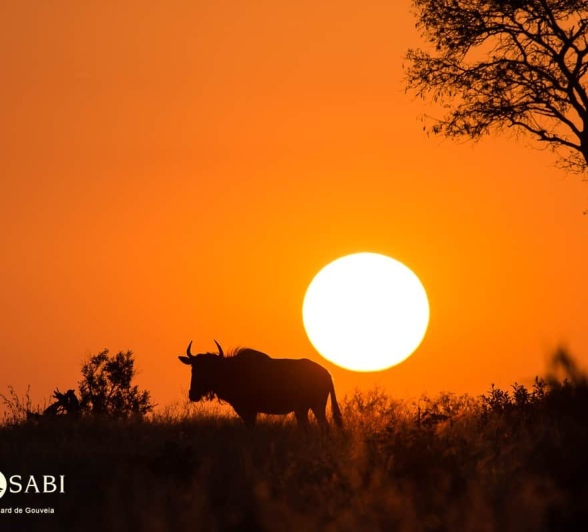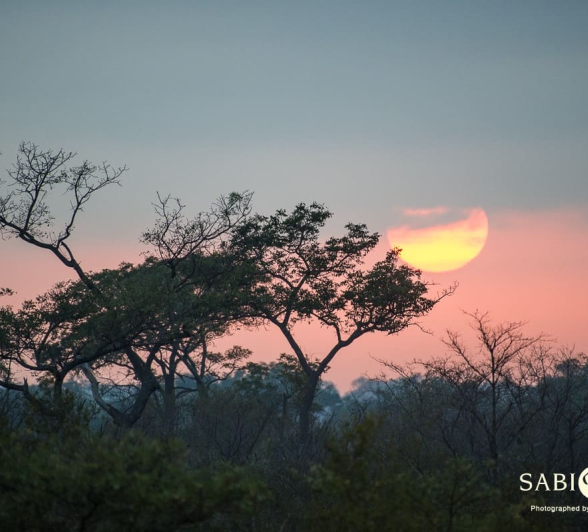Sunsets and Sunrises
on May 03, 2018We all love experiencing the majesty of a sunset or a sunrise, unfortunately as soon as we put a camera in front of our face the colours seem to fade, the foreground gets too dark and nothing appears as it did when we were watching through our eyes. The problem is that your camera sees light differently than our eyes do. A camera is trying to balance light according to how it has been programed and this is often a misrepresentation of what we are seeing. So how do we compensate for this?

In the most general terms, we have a number of things that we can do as a starting point and then work out the finer details from there. First things first, choose the mode you are most comfortable shooting with, auto modes are fine but try find the Sunset\Sunrise Scene Mode as some really clever chap has already programed this to better capture this type of scene. If you are shooting in the manual modes you will chose you mode, set your exposure compensation to -1,7 and set your white balance to daylight. This should get you to good space. From there you will shoot and review and if the picture is too dark you will lighten using exposure compensation or visa versa.

Composition becomes your next big trick. You need a strong subject like a dead tree or an animal and use the rule of thirds to get you composition just right. Capturing the most powerful sunsets and sunrises is often accomplished before the sun has risen or after the sun has set. When trying to capture the rising or setting sun your subject becomes even more important and you will use your exposure compensation to create a strong silhouette. This will often require getting really low to emphasize your subject against the background.
So here to many more sunsets and sunrise and the amazing images that come with them.


Expose your balance






